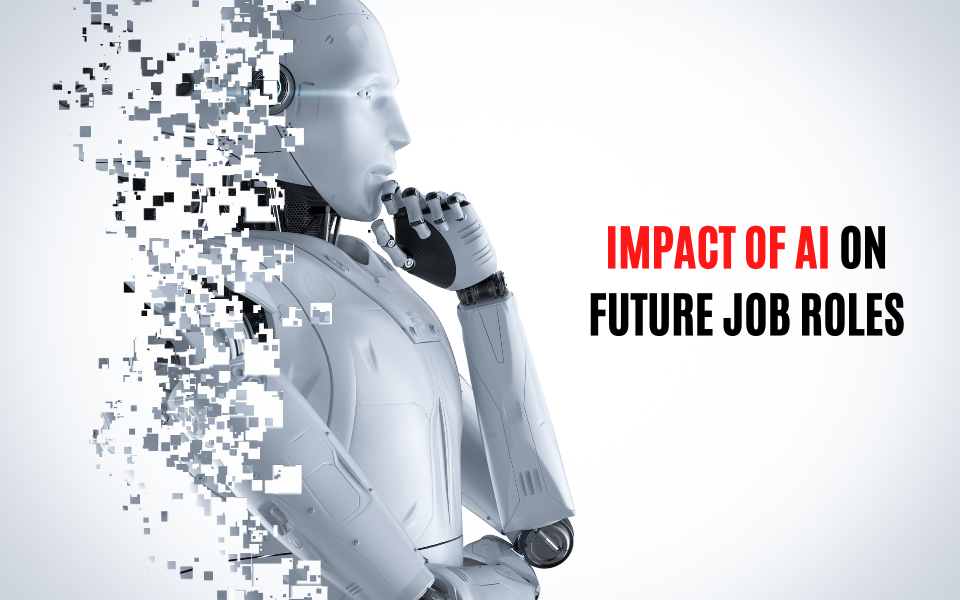SEO - CONTENT WRITER

Hi, I’m an aspiring SEO content writer passionate about crafting engaging, keyword-optimized content that ranks. While I may be new to the field, I have honed my skills in writing compelling, search-friendly articles, blog posts, and website copy that drive organic traffic. My focus is on creating valuable, well-researched content that not only informs but also converts. Below, you’ll find some of my sample works that showcase my ability to write for different niches.
Let’s connect and bring your content goals to life!
A Beginner's Guide to Becoming a Virtual Assistant
By Carmelo Carbonel Jr. updated February 11, 2025

*This image was created by cmlabs and is available on https://cmlabs.co/en-ae/seo-terms/virtual-assistant
Technology is one of the best methods for an entrepreneur to approach a company, yet it moves quickly. A flexible employment where they may work from anywhere and use their skills to help others is what some people aspire to and maintain their work-life balance. A career as a virtual assistant could be the ideal route to become a VA. From comprehending the position to obtaining your first virtual assistant client, this comprehensive manual will aid you in completing all the necessary tasks.
What is Virtual Assistant?
An expert who works remotely to help clients with administrative, technical, or creative tasks is known as a virtual assistant. Consider them a contemporary support network for CEOs, businesses, and busy entrepreneurs. VAs take care of a variety of duties so that their clients can concentrate on their main business operations.
Some virtual assistants may offer different niches or specialized skills, such as bookkeeping, social media management, search engine optimization, graphics, and video editing. These are some of the sample administrative tasks. The given virtual assistants of all skills are in demand among the clients from a wide range of industries and backgrounds or companies.
What Services and Skills Can a VA Offer?
Here are some options of services that I should have and can offer as a virtual assistant:
• Offers a wide range of services from administrative tasks to specialized skills.
• Social media management includes creating and scheduling posts, engaging with followers, running ads, and performance analysis.
• Content creation includes writing blog posts, email newsletters, designing graphics, and video editing.
• Provides customer service including response to inquiries, resolving issues, and support via email, chat, or phone.
• Technical skills include website maintenance, basic coding, SEO optimization, and managing online platforms.
• Some VA specialize in financial tasks like bookkeeping, invoicing, expense tracking, and financial report preparation.
How to Get Started as a VA with No Experience?
As new information comes in the freelancing industry, learn how to start as a virtual assistant with no experience: The first thing you need to do is to choose and identify your area of expertise and develop your skills through online courses and trainings. Create a portfolio that showcases your skills, including sample projects.
Establish a professional online presence through a website, online job, and a LinkedIn profile. Network from time to time within the industry and with potential clients. Find your first clients through job boards, freelancing platforms, or by contacting them directly. Finally, provide excellent service to build strong client relationships and ensure long-term success.
Conclusion
One great option for people looking for flexible work is a career as a virtual assistant. By identifying your expertise, honing your skills, and providing excellent services, this route may be successful. You can make it through the starting point and develop to become a successful virtual assistant. You must make an effort for professional development and lifelong learning if you want to remain competitive in this rapidly changing field and serve your clients' increasing expectations.
-----------------------------------------------------------------------------------------------------------------------------------------------------------
The Internet of Things:
Simplifying Your Daily Routine
By Carmelo Carbonel Jr. updated February 11, 2025

*This image was created by securityinfowatch and is available on https://www.securityinfowatch.com/security-executives/article/21241995/real-words-or-buzzwords-iot-and-iot-native
In this modern world, we come with a greater digital age, which simplifies that everyday life by changing devices like appliances and other tools that will transform into systems that connect to the internet, allowing them to automate, collect, and exchange data to work in an IoT to enhance and make easier our daily lives.
What is exactly the Internet of Things (IoT), and how does IoT work?
IoT stands for Internet of Things, which simply refers to connecting things or objects that are connected to the internet, or in other terms, it is an interconnected device that is embedded with the sensors, software, or application together to network connectivity, which can process, collect, and exchange data that allow the user or these things to communicate with each other and with us that make our lives more efficient and convenient in everyday life experience.
At the heart of IoT are tiny computer chips and sensors embedded in everyday objects. These chips collect data and connect to the internet, allowing the devices to send and receive information that can provide real-time updates. The data collected can be simple, like temperature, or complex, like a video feed from a security camera.
Examples of IoT Benefits
Wearable sensors for healthcare monitor vital signs, IoT-enabled smart agriculture techniques increase yields, reduce waste, and monitor fields in real time. Smart cities use IoT for public safety and waste disposal. However, security and privacy concerns remain paramount, and protecting data becomes more challenging as the number of devices grows. These issues must be addressed if IoT is to realize its full potential.
Conclusion
The world is changing rapidly thanks to IoT. It makes our lives easier, increases our productivity, and creates new opportunities in many sectors. As technology advances, IoT will become more and more integrated into our daily lives, and it will become more difficult to distinguish between the real and virtual worlds. It's happening now, and the future is connected.
-----------------------------------------------------------------------------------------------------------------------------------------------------------
AI and Its Future Impact on Jobs
By Carmelo Carbonel Jr. updated February 13, 2025

*This image was created by nasscom and is available on https://community.nasscom.in/communities/ai/impact-ai-future-job-roles
AI stands for Artificial Intelligence (AI), which is changing employment opportunities, automating tasks, and significantly transforming industries. Even if AI boosts production and efficiency, it also raises questions about job displacement and the changing role of workers. Businesses and workers should understand how AI will affect employment in order to adjust to the evolving environment.
The Positive Impact of AI on Jobs
AI is revolutionizing various sectors by streamlining repetitive tasks and enhancing efficiency. It's benefiting industries like healthcare, finance, and customer service. AI-driven tools are also fostering job creation in data science, machine learning, and ethics. As AI systems evolve, demand for skilled professionals in these areas increases, creating new career opportunities.
The Challenges of AI in the Workforce
While AI brings benefits, it also brings challenges, such as the possibility of AI replacing jobs in repetitive tasks such as manufacturing, retail, and administration. Instead, AI is expected to redefine these roles and force workers to develop new skills. The skills gap is also widening, creating a need for upskilling and reskilling programs to prepare the workforce for AI-driven change.
Preparing for an AI-Powered Future
To succeed in an AI-enabled future, workers need to be lifelong learners and adapt to technological advancements. Governments, businesses, and educational institutions play a key role in providing training programs to equip individuals with AI-related skills. AI is not just about job losses; it's about transforming the workplace. By understanding the impact of AI and preparing for change, businesses and employees can harness its potential to build a more innovative and efficient workforce.
Conclusion
The job market is being transformed by AI, which presents both opportunities and difficulties. While new professional options will emerge, certain roles will become outdated. The secret to successfully navigating the future of work will be to stay educated, educate yourself, and take advantage of AI's potential.

